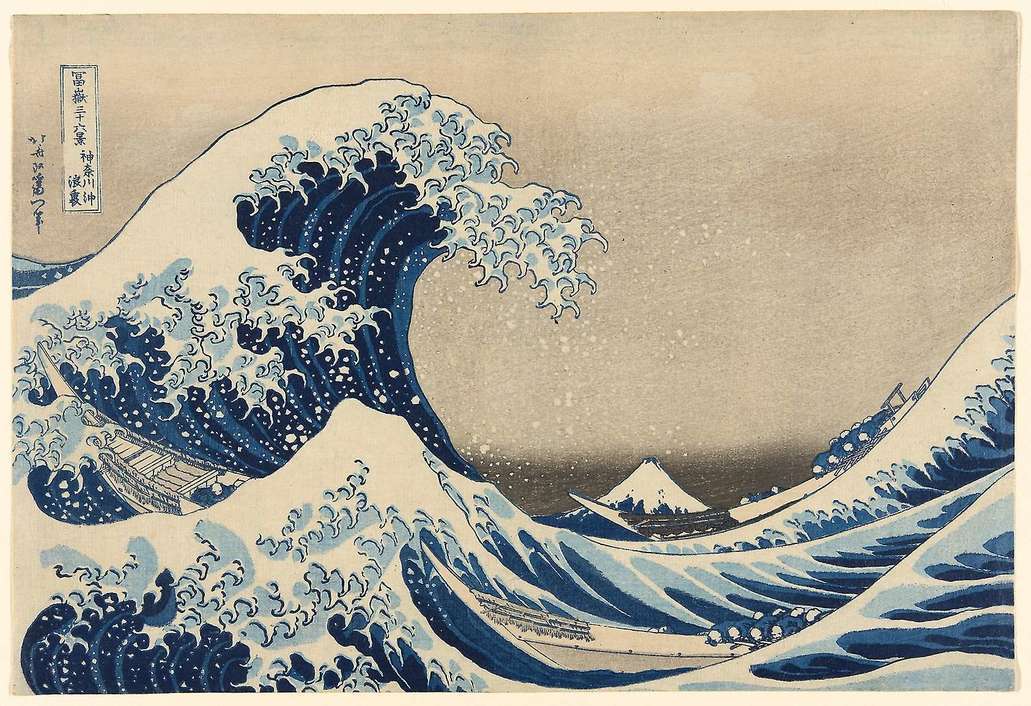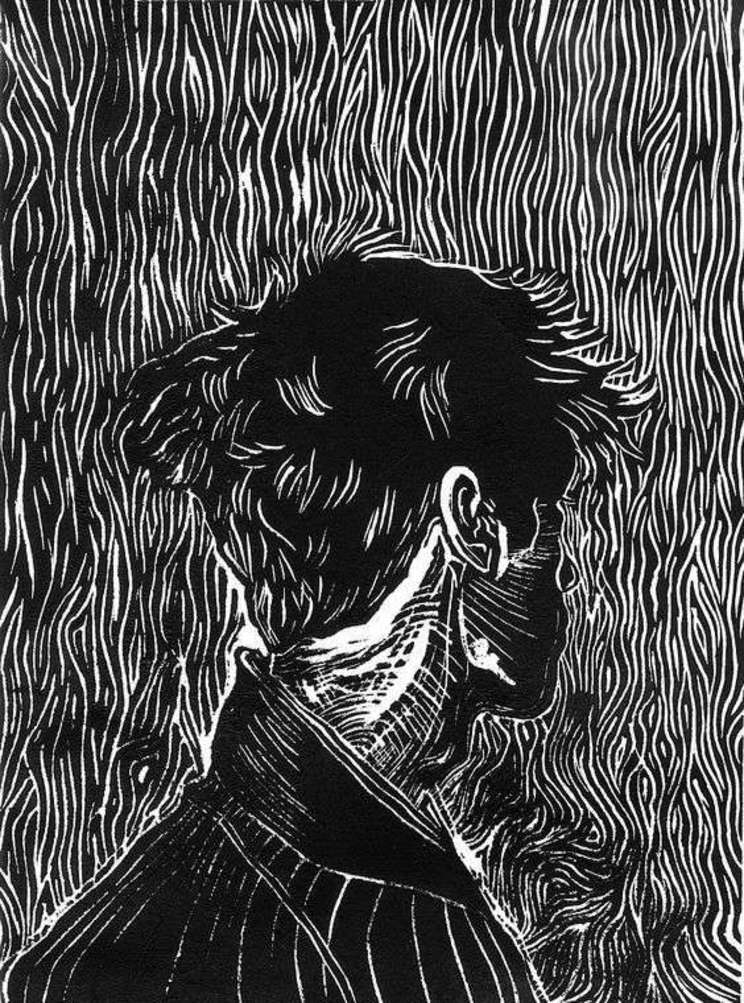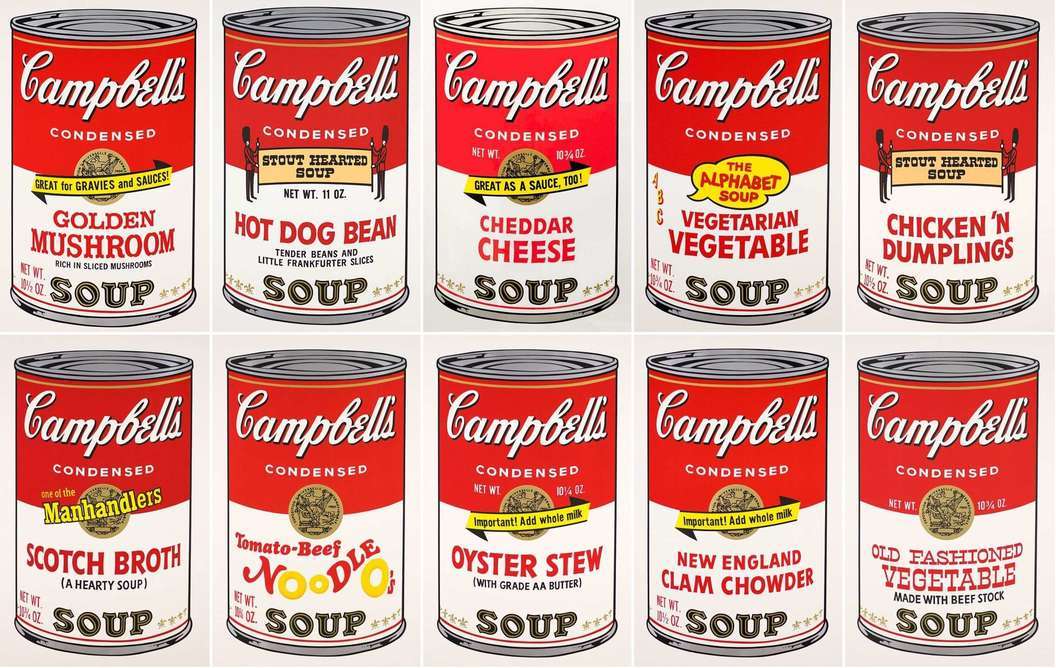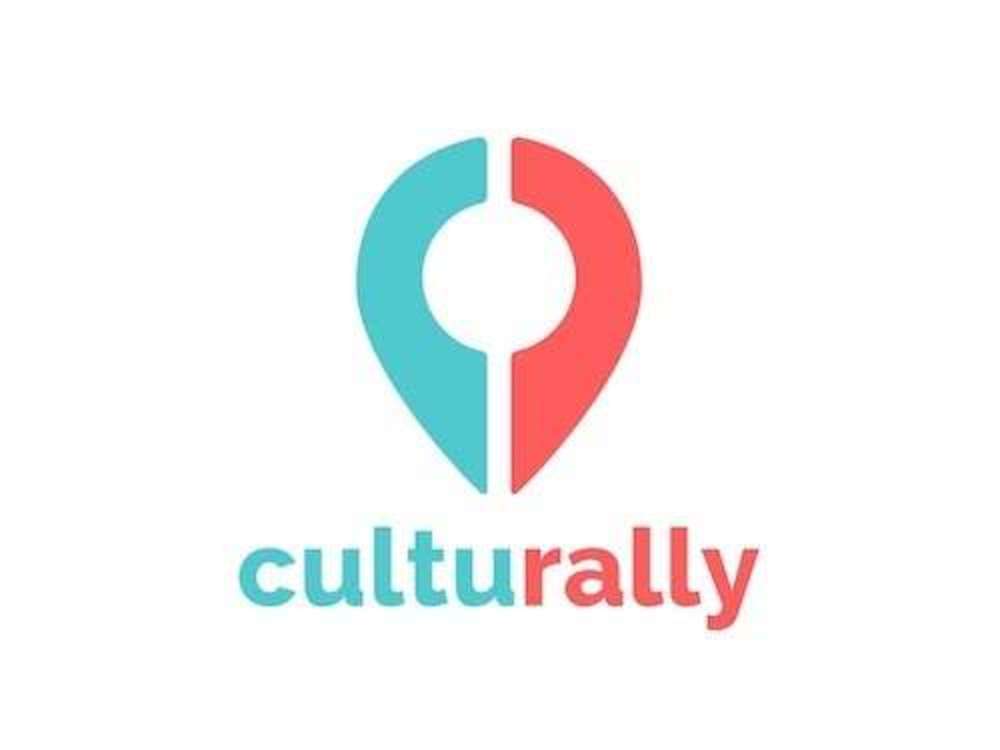Printmaking has been around since the 1st century, as far back as China’s Han Dynasty. That’s 2000 years of history! Possibly the primitive form of printmaking, rubbing was believed to have been practised in 2nd century China to disseminate Confucian texts carved on large stones. The first wood-block prints on textiles were made by the Egyptians in the 6th or 7th century. In Europe, textile printing existed as early as the 6th century, with designs consisting largely of repeated decorative patterns.

Source: metmuseum.org
The invention of printmaking was revolutionary. It allowed people to duplicate and reproduce works more easily, reaching a much wider audience. For the modern artist, prints are considered fine art. From book publishers to graphic designers, this medium is popular for its unique visual qualities.
Here are five widely used printmaking techniques you ought to know about:
- Woodcut
- Linocut
- Lithography
- Screen Printing
- Engraving
1. Woodcut

The Great Wave off Kanagawa (Kanagawa oki nami ura), from the series "Thirty-six Views of Mount Fuji" ("Fugaku Sanjurokkei"), 1830 -1833, by Katsushika Hokusai
Source: The Art Institute of Chicago
Noted by George E. Woodberry in his 1883 book A History of Wood-Engraving, woodcuts were one “of the great forces which were to transform medieval into modern life”. Woodcut is one of the oldest techniques for printmaking and it completely changed people’s ability to access literature and art.
A form of relief printing, negative spaces are carved from the surface of a piece of wood, leaving only lines and shapes that will appear in print. Ink is applied on the surface, the inked surface, then placed on paper. Using a roller or printing press, ink is transferred onto the paper to form a print. Woodcuts often use oil-based inks while woodblock printing—a process similar to woodcuts—uses water-based inks. Japanese artists of the mid-17th century created ukiyo-e prints using woodblocks, meaning “Pictures of the Floating World”.
“The Floating World, as the pleasure districts of Edo (modern day Tokyo) were called, describes the sensory pleasures of urban life, but also offers a bittersweet reminder of the fleeting nature of all worldly delights.” - Artsy
2. Linocut

Visceral Instinct by Zoey Fleck
Emerging in the 20th century, linocuts are another form of relief printing. Instead of carving from wood, cuts are made from a sheet of linoleum. With a smooth surface free of woodgrains, linoleum is much easier to cut into and provides more freedom in the direction of the cuts. The soft surface of linoleum also makes this medium much more beginner-friendly! The resulting print has a slightly grainy texture, with flat planes of colour and fluid lines.
3. Lithography

Bond of Union, 1956, by M.C. Escher
Source: Christie’s
Lithography is a style of printing that makes use of the immiscibility of oil and water. In ancient Greek, lithos means ‘stones’ and graphien means ‘to write’. Traditionally, an image is drawn onto limestone using oil, fat or wax. The stone is then treated with a mixture of acid and gum arabic, etching the areas not protected by grease. When the stone is moistened, these areas retain water and subsequently repel the oil-based ink applied. Paper is then placed on the stone to create a print.
Modern methods include drawing on metal plates with litho crayons or specialised greasy pencils, then treating the surface with a chemical etch. The greasy materials are bonded to the surface while the blank areas attract moisture to the plate and repel the lithographic ink. While most printmaking techniques involve some form of engraving, lithography more closely resembles painting.
4. Screen Printing

Campbell's Soup Edition II, 1969, by Andy Warhol
Source: Art Basel
A medium favoured by Pop artists like Andy Warhol, screen printing (or silkscreen printing) uses stencilling techniques. A fabric mesh is tightly stretched and attached to a frame, then coated with a layer of photosensitive emulsion. The design is printed onto a piece of transparency, to be placed on the screen. In an exposure unit that emits ultraviolet (UV) light, the UV light hardens the emulsion on exposed areas not covered by the design. The result is a screen where only the design is permeable, allowing ink to be transferred onto the paper under the screen. This technique is often used in advertising and the making of clothing!
5. Engraving

Source: GIPHY
Engraving is a form of intaglio printing, the opposite of relief printing. Instead of inking the top surface of the plate, ink is applied in grooves engraved into the plate. It might look simple, but incising intricate designs into a metal plate is no easy task!
Using a burin, designs are cut into a metal plate. The plate is first covered in ink then wiped, ensuring that the ink stays only in the grooves. Along with a piece of paper, the plate is put through a printing press, pressing the paper into the plate’s grooves to pick up the ink.
It is common to think that engraving and etching are the same, but they’re not! Etching is another form of intaglio printing that uses acid to incise into the plate instead.
Learn Printmaking In Kampong Glam!

Linocut Printing with Heritage Motifs | Culturally Singapore
Together with Lokka Lekkr Makers Studio, we are bringing you printmaking experiences in culture-rich Kampong Glam! Learn about the process behind linocut printing, block printing and screen printing, all with a cultural twist. Design your own tote bags with Peranakan motifs or carve heritage icons into linoleum. Have a go at screen printing and become the next Andy Warhol!
• • •

At Culturally, we offer customised hands-on cultural experiences for you and your loved ones to enjoy and have fun whilst learning about other cultures! Check out our full list of experiences available in Kampong Glam here!